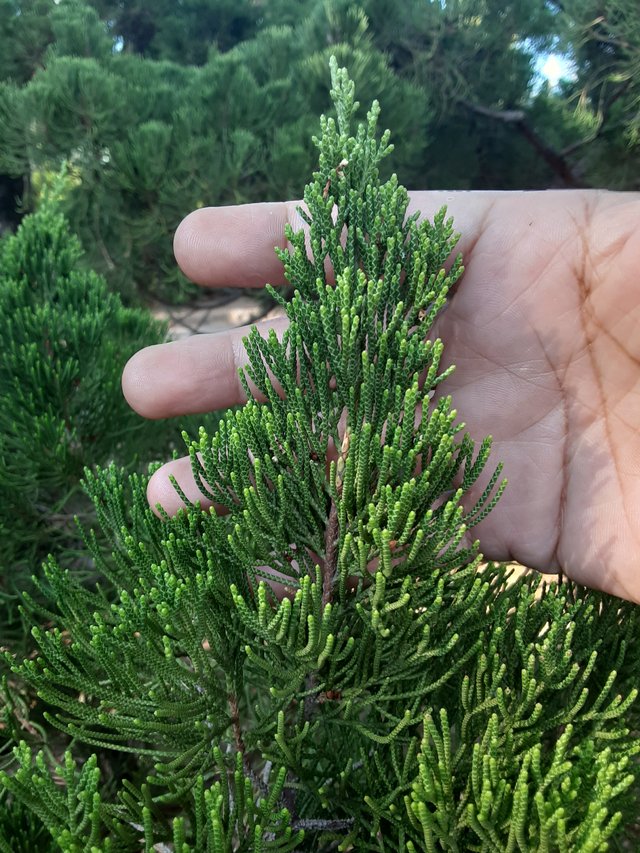
Pinus is a genus of coniferous trees and shrubs commonly known as pines. There are over 120 species of pines, found in temperate and boreal regions of the Northern Hemisphere. Pines are evergreen trees, meaning they keep their leaves all year round.
Pines have two types of leaves: scale leaves and foliage leaves. Scale leaves are small, brown, and non-photosynthetic. They are arranged spirally on the branches and help to protect the buds and young shoots.
Foliage leaves are green, needle-like, and photosynthetic. They are arranged in bundles of two to five (rarely up to eight) on short shoots. The needles are typically 1 to 4 inches long and remain on the tree for 2 to 3 years.
The needles of pines are adapted to conserve water. They have a thick cuticle and a small surface area to volume ratio. The needles are also arranged in bundles, which helps to reduce water loss from the wind.
Pines are important trees in many ecosystems. They provide food and shelter for wildlife, and their wood is used for construction, furniture, and paper.
Here are some additional facts about the leaves of pines:
- The needles of pines are typically straight and have a pointed tip.
- The needles are arranged in bundles so that they can catch the most sunlight.
- The needles are held onto the branches by a short stalk called a petiole.
- The needles are shed from the tree after they have served their purpose.
Ref.:
 |  |
Upvoted! Thank you for supporting witness @jswit.
Downvoting a post can decrease pending rewards and make it less visible. Common reasons:
Submit